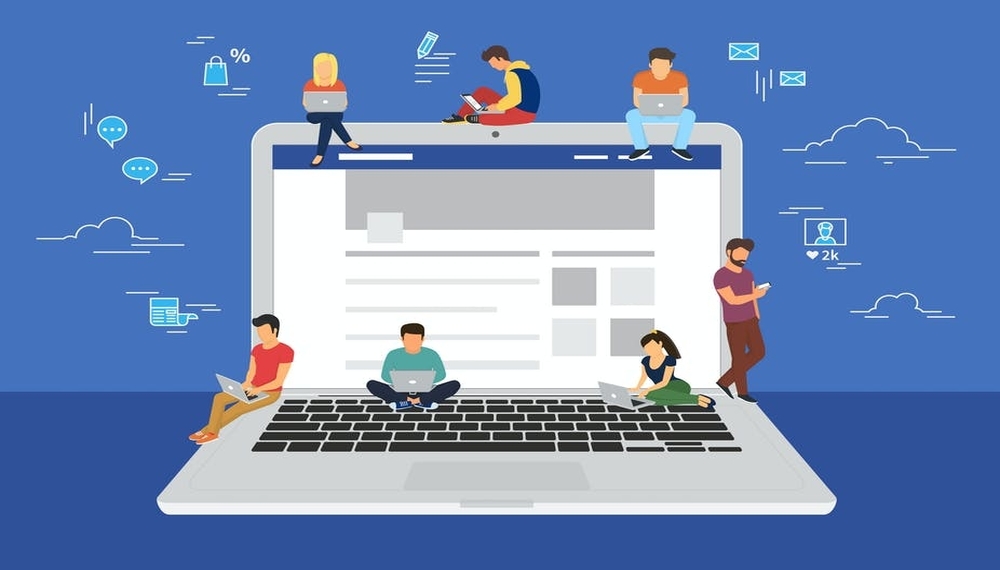


Is online learning the future of education? We believe so, and StemIvy is our proof.
COVID-19 has resulted in schools shut all across the
world.
Globally, over 1.2 billion children are out of the
classroom. As a result, education has changed
dramatically, with the distinctive rise of e-learning,
whereby teaching is undertaken remotely and on digital
platforms such as StemIvy. Research suggests that online
learning has been shown to increase retention of
information, and take less time, meaning the changes
coronavirus have caused might be here to stay. Even
before COVID-19, there was already high growth and
adoption in education technology. StemIvy is a proven
leader in this field, with out experienced Teachers and
unique roadmap perfect for long-term student engagement
and success.
How is the education sector responding to COVID-19?
In response to significant demand, many online learning
platforms are offering free access to their services.
What does this mean for the future of learning? While
some believe that the unplanned and rapid move to online
learning – with no training, insufficient bandwidth, and
little preparation – will result in a poor user
experience that is unconducive to sustained growth,
others believe that a new hybrid model of education will
emerge, with significant benefits. “I believe that the
integration of information technology in education will
be further accelerated and that online education will
eventually become an integral component of school
education.
Challenges of online learning
There are, however, challenges to overcome. Some
students without reliable internet access and/or
technology struggle to participate in digital learning;
this gap is seen across countries and between income
brackets within countries. Is learning online as
effective? For those who do have access to the right
technology, there is evidence that learning online can
be more effective in a number of ways. Some research
shows that on average, students retain 25-60% more
material when learning online compared to only 8-10% in
a classroom. This is mostly due to the students being
able to learn faster online; e-learning requires 40-60%
less time to learn than in a traditional classroom
setting because students can learn at their own pace,
going back and re-reading, skipping, or accelerating
through concepts as they choose.
A changing educational imperative
To get the full benefit of online learning, there needs
to be a concerted effort to provide this structure and
go beyond replicating a physical class/lecture through
video capabilities, instead, using a range of
collaboration tools and engagement methods that promote
“inclusion, personalization and intelligence”. Since
studies have shown that children extensively use their
senses to learn, making learning fun and effective
through use of technology is crucial, according to
BYJU's Mrinal Mohit. “Over a period, we have observed
that clever integration of games has demonstrated higher
engagement and increased motivation towards learning
especially among younger students, making them truly
fall in love with learning”, he says.
While some worry that the hasty nature of the transition
online may have hindered this goal, others plan to make
e-learning part of their ‘new normal’ after experiencing
the benefits first-hand. The importance of disseminating
knowledge is highlighted through COVID-19 Major world
events are often an inflection point for rapid
innovation – a clear example is the rise of e-commerce
post-SARS. What has been made clear through this
pandemic is the importance of disseminating knowledge
from teachers to children is more important than ever,
and StemIvy is the perfect solution for your child.